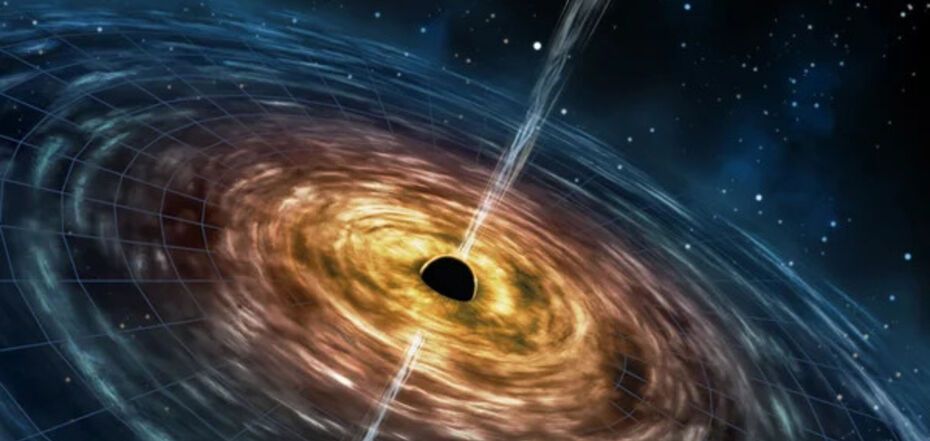News
Researchers saw how a black hole killed "life" in a galaxy for the first time
The James Webb Space Telescope (JWST) has spotted how black holes rapidly destroy unborn stars in large galaxies for the first time. This is done by explosively removing large amounts of gas that could form luminaries.
The new study is an important step in understanding the evolution of the galaxy. Scientists have published the results of research in Nature.
Supermassive black holes are up to 10 billion times larger than the Sun. These cosmic giants are usually found in the centers of galaxies, where they consume huge amounts of gas. Galaxies in which this process occurs are known to have "active galactic nuclei" (AGN).
For a long time, it was believed that flows from supermassive black holes could prevent star formation. But direct observational evidence for this has been lacking so far.
How can a black hole have a flow at all? It's a fair question, considering that black holes must be so dense that their gravitational field can prevent even light from escaping.
Theories suggest that rotating black holes have this outward flow of matter in the form of vertical jets of material.
Difficulties with proving that this "wind" suppresses star formation stem from the limitation of previous research to studying only warm ionized gases in black hole streams. But the new study shows that more than 90% of the wind consists of cool neutral gas, which was virtually invisible in previous studies.
"JWST has given us the opportunity to observe the cooler, neutral gas phase of normal AGN-driven flows in distant galaxies," author Dr. Rebecca Davies of Swinburne University in Melbourn says.
The object of the study was COSMOS-11142, a huge galaxy measuring 4000 light-years, located about 11 billion light-years from Earth.
For the first time, the team was able to see how supermassive black hole flows repel the gas that forms stars.
"The flow is removing gas faster than the gas is turning into stars," Davies explains.
Star extinction is a fundamental process in the life cycle of galaxies. It represents the transition from a galaxy that forms stars - and is therefore able to grow and change - to a galaxy that is static.
Therefore, the new study is an important milestone in understanding the process of galactic transformation.
Only verified information is available on OBOZ.UA Telegram channel and Viber. Do not fall for fakes!




























